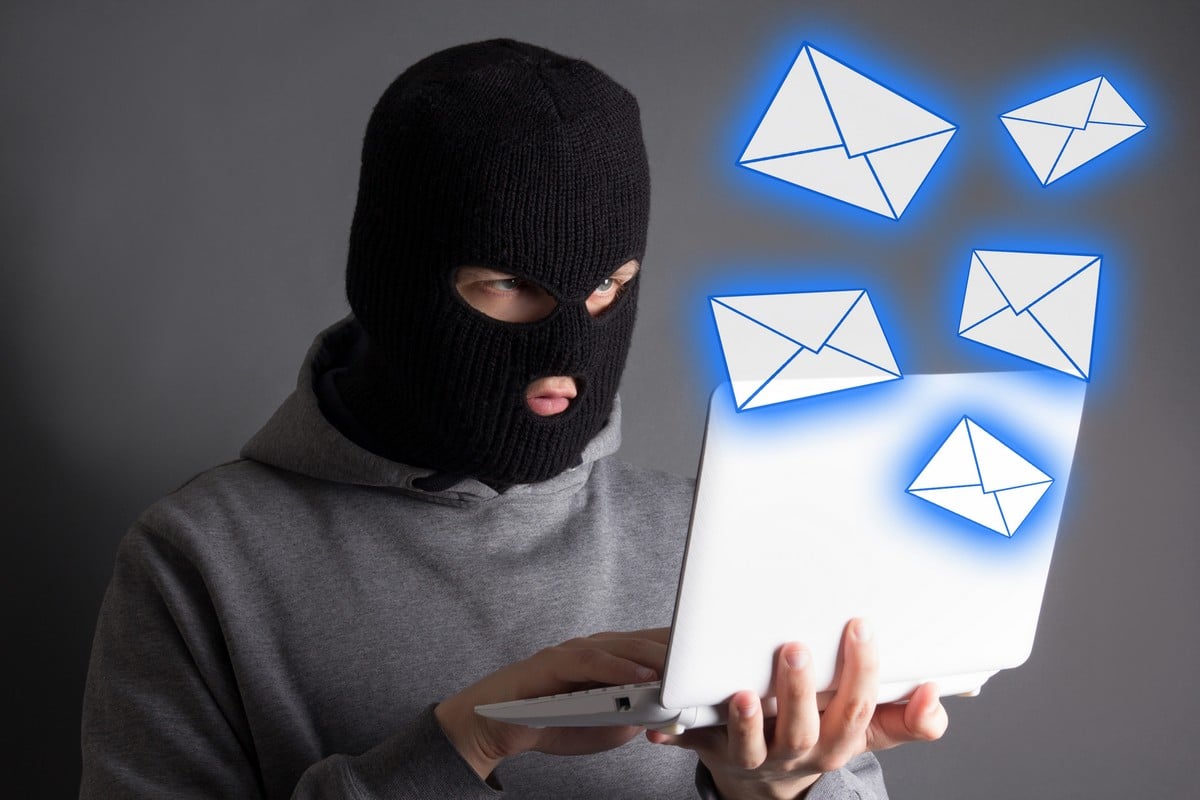Test Altospam’s solutions!
Thousands of companies, CTOs, CIOs, CISOs and IT managers already trust us to protect their e-mail against phishing, spear phishing, ransomware, …

Since RFC 2821, mail servers have had to be fully qualified on the Internet, at the risk of being considered today as Zombie stations.
RFC 2821 (April 2001), which describes the Simple Mail Transfer Protocol (SMTP), takes up all the content of the historic RFC 821 (now obsolete) and introduces details of the processing and actions authorized on the protocol in question. An important element of this description, in our view, is the requirement for a sending mail server to be Fully Qualified Domain Name (FQDN).
The first step in the SMTP protocol is to introduce ourselves and say hello via HELO (SMTP) or EHLO (ESMTP). This welcome code must be followed by the name of the sending server. This is often when the naming of the sending server is checked. A server presenting itself as “toto.tata.com” will be received, while one presenting itself as “toto” will be rejected.
If it doesn’t appear correctly, the server in question is considered a zombie workstation (a Trojan-infected user workstation). Today, over 65% of emails from non-fully qualified computers never reach their recipients. Like ALTOSPAM, most operators and hosts (including AOL, Club-Internet, Free and OVH, to name but a few) systematically refuse this type of e-mail.
If your mail server is incorrectly configured, please make the necessary changes as soon as possible so that its name is FQDN. So, to solve this problem quickly and easily, all you need to do is add the domain name to the computer name and restart the e-mail service.
– Under Linux: when naming your server in the “/etc/hosts” file, simply add the full combination: “host.domaine.tld” to your IP line.
– Under Windows, you’ll need to add your domain name to the “Main DNS suffix of this computer” in “Control Panel / System / Computer name / Edit / Other”. A restart will certainly be necessary.
Test Altospam’s solutions!
Thousands of companies, CTOs, CIOs, CISOs and IT managers already trust us to protect their e-mail against phishing, spear phishing, ransomware, …